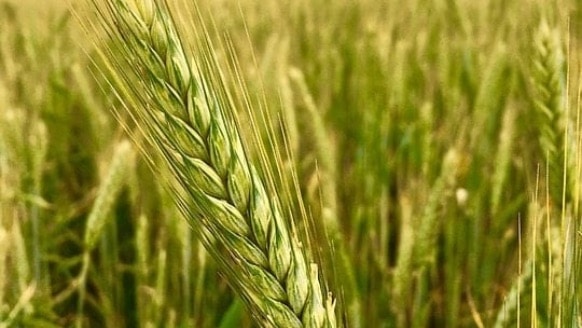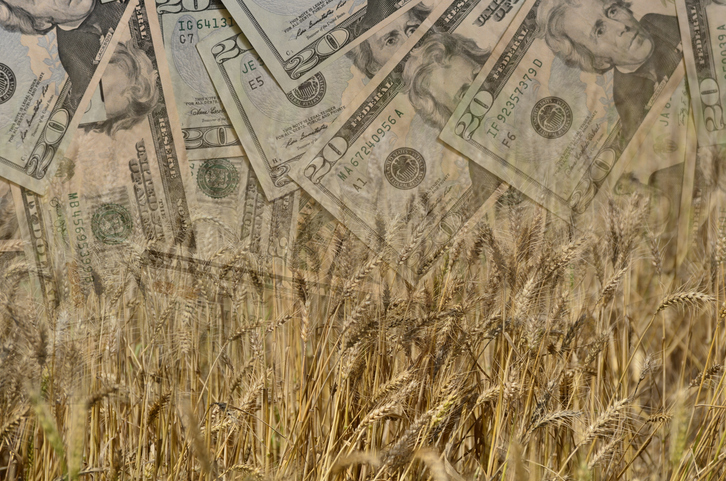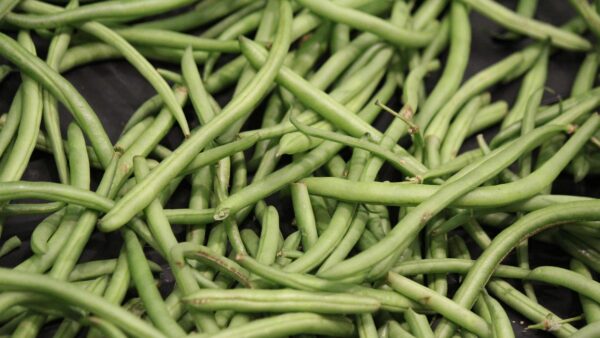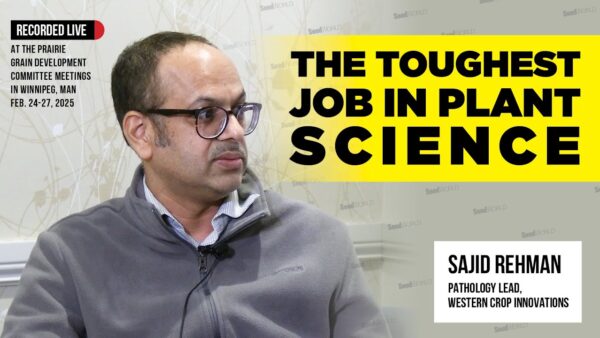Farmers in developing countries often rely heavily on their yearly harvest to feed their families. A bad crop can have severe consequences for their livelihood. Despite the significant advantages crop insurances would offer in alleviating this risk, only a small percentage of farmers insure their crops. A simple but effective solution tested by researchers from the University of Zurich has increased insurance adoption to over 70 percent.
For decades, companies, aid organizations and governments in developing countries have tried to increase the numbers of farmers who insure their crops. However, farmers’ adoption remains stubbornly low. Lorenzo Casaburi from the Department of Economics at the UZH and his co-author Jack Willis identified a simple solution to increase the take up rates of these insurance. They found that, when it comes to crop insurance, timings and what economists call time preferences are crucial. In standard insurance products, premiums are paid at a time when farmers are cash strapped. In addition, as the potential benefit from the insurance, i.e. the payout in case of a bad harvest, lies in the future, its value is mentally discounted. This potential money in the future seems worth less than the price it would cost today. The farmer decides that it is therefore not worth the investment.
Timing of payment of insurance premiums is key
Usually, crop insurances have to be paid at the beginning of the season, just as the farmers need money for inputs, seeds, machinery and to feed their family until harvest, when they can sell their produce. The researchers made a very simple change to the insurance policy: they shifted the payment date for the insurance to harvest time. In case of a good harvest, the farmer received the price for his harvest from which the insurance premium was deducted. In case of a bad harvest, the farmer received a price for his harvest and an insurance payout. The researchers tested this innovation though a randomized controlled trial. “By simply moving the payment date to harvest time, we increased the pick-up rate for the insurance from 5% to 72%”, says Lorenzo Casaburi and adds, “what’s more, it was the poorest farmers that increased their demand the most.”
Cash constraints and present-bias
To explain the results the authors compared pick up rates in other payment schemes. For example, they offered another group a discount of 30%, with a payment at the beginning of the season. Even such a significant discount only managed to increase the take up rate to 6%, which points to the negative effect on take up rates the severe cash constraints these farmers find themselves in at the beginning of the year. Additional experiments suggest that farmers’ cash constraints and present bias – an excessive focus on today vs. the future – are important factors in explaining these results.
Guarantee of enforcement crucial for success
Given this simple and effective solution for a large problem, why is the idea not yet used extensively in the industry? Lorenzo Casaburi explains: “Contract enforcement is key, and we need to understand the conditions within which this simple solution can reach its full potential”. Farmers have to trust that they will receive the insurance payout, and the insurer or buyer needs to be sure that the farmer will sell his produce to him (minus the insurance premium) and not to some other buyer.
Source: University Of Zurich












